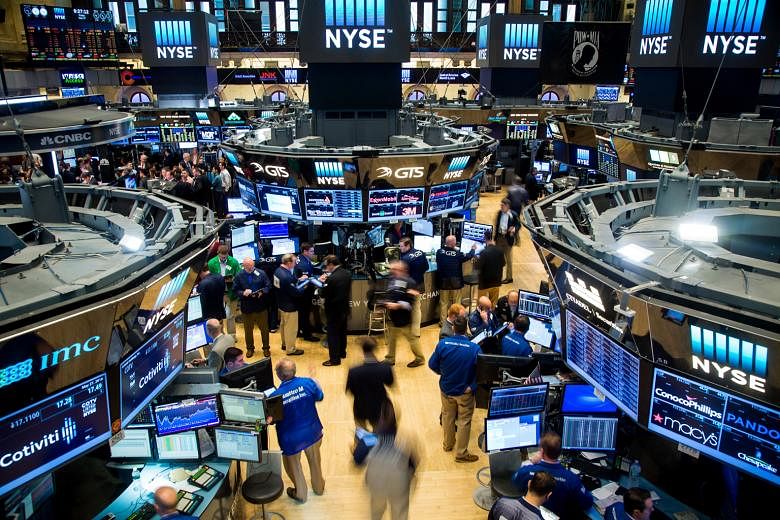Asian stock markets are still struggling after a rough first five months of the year, with investors licking their wounds from major sell-offs triggered by fears of economic slowdown and still very low oil prices.
But market watchers believe the worst may now be over for Asian markets, even though the rest of this year could prove volatile as many risk events are still at hand.
The perfect storm that hit regional stock markets early this year began in China, as signs of stagnating growth combined with the yuan's devaluation shocked the Shanghai Stock Exchange Composite Index into a roughly 23 per cent plunge in January. The meltdown quickly went global, as prices of commodities, chiefly oil, went into a tailspin, with crude sinking to a nadir of below US$30 a barrel the same month.
By mid-February, Wall Street's Dow Jones Industrial Average had pared around 10 per cent from the start of the year. Japan's Nikkei 225 had tumbled 21 per cent, the Hong Kong Hang Seng Index was down 16 per cent, and the benchmark Straits Times Index (STI) in Singapore had dropped some 12 per cent.
These markets have since found their footing to some extent to stage modest recoveries, but there is still plenty of damage to survey.

As at May 31, the Shanghai Composite was still 17.59 per cent lower for the year, and the Hang Seng had shed 5.02 per cent. Nikkei pared 9.45 per cent, while the STI managed to trim its losses to 3.18 per cent after a U-shaped recovery.
US markets, however, have fully recouped their losses, with the Dow Jones up 2.08 per cent for 2016 as at the end of last month.
For now, the storms have passed and market nerves have settled, but the way ahead is not without headwinds. "Volatility is here to stay. In fact, it may increase due to events including the Fed policies, the Brexit and, of course, Mr Donald Trump," Bank of Singapore (BoS) chief investment officer Hou Wey Fook said last week at the bank's outlook briefing.
This month alone, the markets will find out whether the US Federal Reserve will hike interest rates, a decision made tougher given unexpectedly weak jobs data out last week. Then there is the June 23 referendum in Britain to decide whether the nation will remain within the European Union.
The hardline stance of Mr Trump, the presumptive Republican presidential nominee, on issues like free trade is also a worry for many observers.
The BoS, which expects two more Fed hikes this year, has downgraded its call on global equities to neutral, in part to account for these uncertainties. "We think that we will not enter the bear market for equities, but they will continue to trade in a broad and wide range,'' Mr Hou said. "But I would say the worst is over. In Singapore, for instance, the stocks are trading below book and price-to-earnings are at the historical low end.
"All we need are catalysts for markets to normalise, and I think that can come from the realisation that the growth outlook is not that bad."
In its investment outlook report last week, ABN Amro Private Banking also cautioned that looming political risks may disrupt the market recovery, but said global growth is still moderately positive.
"The fears appeared to have been overdone. China has continued its soft landing and policymakers have brought the large capital outflows under control, leading to a more stable exchange rate. Growth in the US and the euro zone is not very strong but broad-based and firm enough to sustain itself," it noted.
The oil price, which returned to around the US$50 level last week, may provide a further lift to market sentiment, even if its recovery in 2016 is limited.
OCBC analyst Barnabas Gan said: "With the sustained oversupply environment and potential return of shale oil supplies, any oil price rally may well be effectively capped in the second half.
"But for now, the unity seen in Opec (Organisation of Petroleum Exporting Countries) is a good start, and may encourage concrete actions in future discussions," he noted, referring to the more conciliatory tone during the last Opec meeting.


